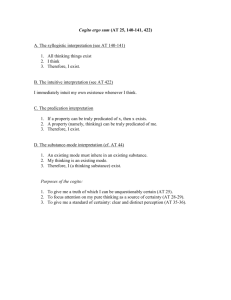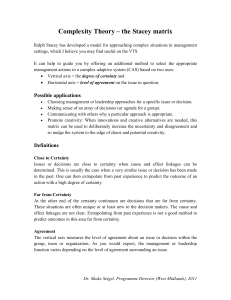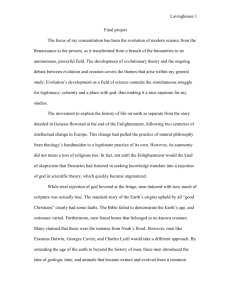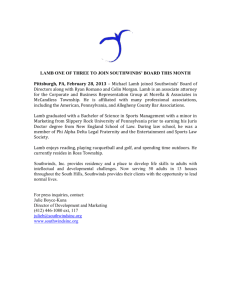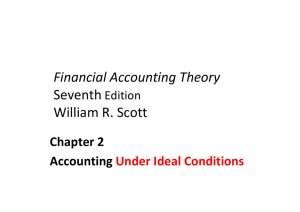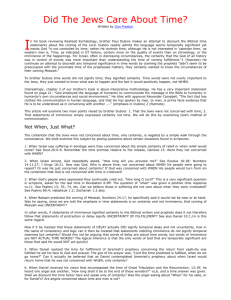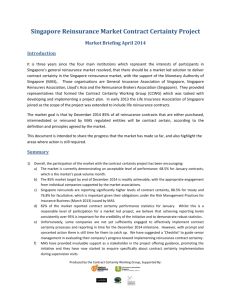Scientific Certainty Lecture Response
advertisement
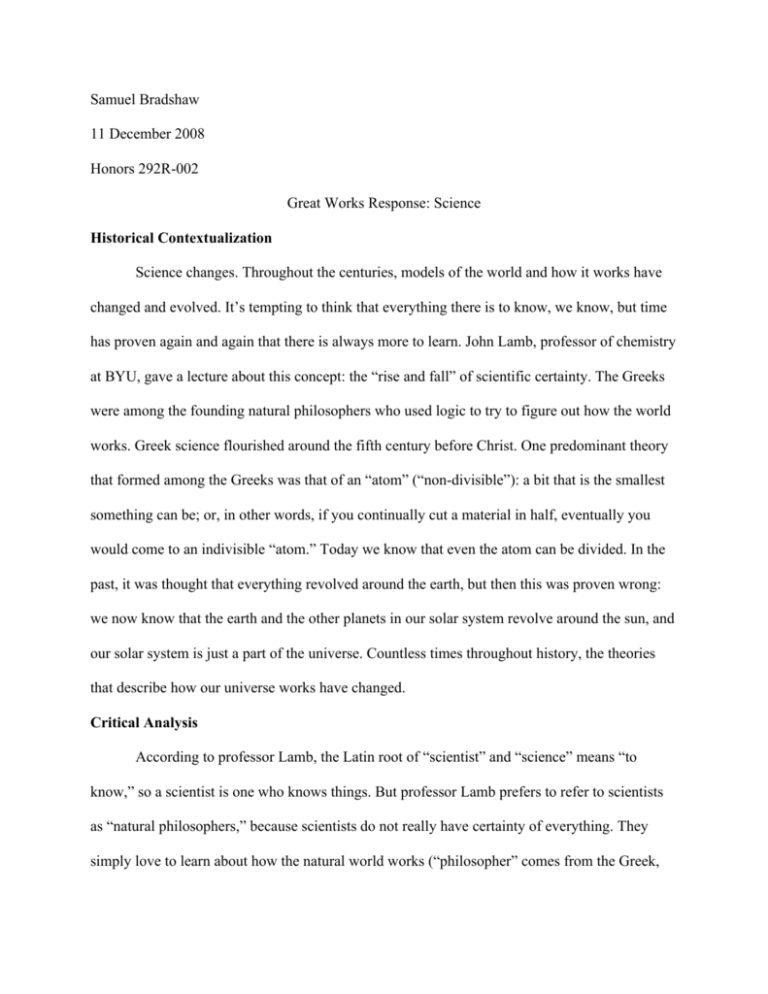
Samuel Bradshaw 11 December 2008 Honors 292R-002 Great Works Response: Science Historical Contextualization Science changes. Throughout the centuries, models of the world and how it works have changed and evolved. It’s tempting to think that everything there is to know, we know, but time has proven again and again that there is always more to learn. John Lamb, professor of chemistry at BYU, gave a lecture about this concept: the “rise and fall” of scientific certainty. The Greeks were among the founding natural philosophers who used logic to try to figure out how the world works. Greek science flourished around the fifth century before Christ. One predominant theory that formed among the Greeks was that of an “atom” (“non-divisible”): a bit that is the smallest something can be; or, in other words, if you continually cut a material in half, eventually you would come to an indivisible “atom.” Today we know that even the atom can be divided. In the past, it was thought that everything revolved around the earth, but then this was proven wrong: we now know that the earth and the other planets in our solar system revolve around the sun, and our solar system is just a part of the universe. Countless times throughout history, the theories that describe how our universe works have changed. Critical Analysis According to professor Lamb, the Latin root of “scientist” and “science” means “to know,” so a scientist is one who knows things. But professor Lamb prefers to refer to scientists as “natural philosophers,” because scientists do not really have certainty of everything. They simply love to learn about how the natural world works (“philosopher” comes from the Greek, Bradshaw 2 “one who loves wisdom”). Professor Lamb used examples from history, from the past, such as the ones heretofore mentioned, to show that our scientific certainty is constantly changing, and ultimately he discredited the idea that we have any complete certainty about scientific theories. He organized certainties into two categories: “Type I” and “Type II.” The dominant view of the world has switched back and forth between these two certainties over time. Type I certainty asserts that we haven’t been able to observe and describe everything yet, but when we are able to, we can predict the future and discern the past: Type I certainty relies on the view that the world and universe is just a logical machine: cause and effect. Things happen because something caused it to happen. This view is discredited in modern science, because it has been discovered that some things, mostly sub-atomic things, are completely random and unpredictable. From a religious (LDS) standpoint, we know that this certainty isn’t true because people have free will, and the ability to choose for themselves. Type II certainty attempts to state that we know everything, and there is nothing more to learn. Professor Lamb used the example of the famous physicist Max Planck: when he asked about career decisions, his professor told him not to bother going into physics, because all important discoveries have been made. Indeed, many have said similar things. Planck’s work, along with the work of many scientists since, has proven that we don’t know everything, and that important things are still to be discovered. So really, as professor Lamb says, we can’t be certain about anything. Personal Reflection I think that professor Lamb makes valid and interesting claims. It’s easy to not think of anything new – but that is only because what is new is unfamiliar. We don’t have to have a question to find an answer. Even if all the questions are answered, we will still be able to Bradshaw 3 discover new things. And the answers that have been found in science can still be questioned as new evidence surfaces. This is encouraging for any who want to seek a career in the sciences, or who want to make a contribution to the world. There are still things to contribute. Indeed, there is no scientific certainty while we are here in mortality. At the same time, there are few things that we can’t learn. The world is a big place, and the universe is even bigger. The atom is small, but what is inside it is smaller still. I don’t believe that we will discover all things, with certainty, until we have progressed beyond mortality. All we can do is make good guesses, invent theories, and describe what we see. Bradshaw References Gribben, J. (2002). The scientists: A history of science told through the lives of its greatest inventors. New York: Random House. Lamb, J. (2008, October 23). The Rise and fall of scientific certainty. Presented at an Honors 292R lecture at Brigham Young University. 4

